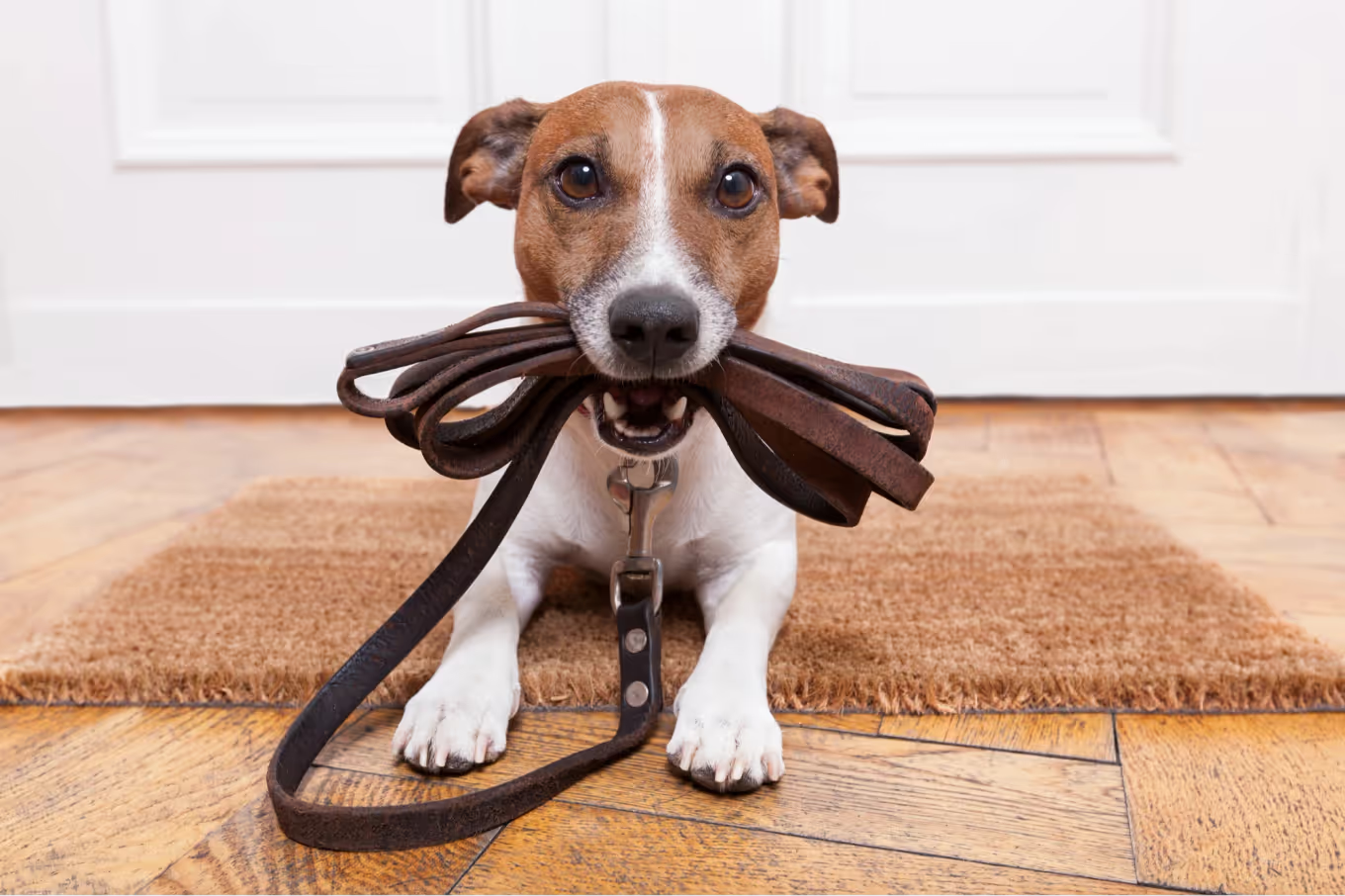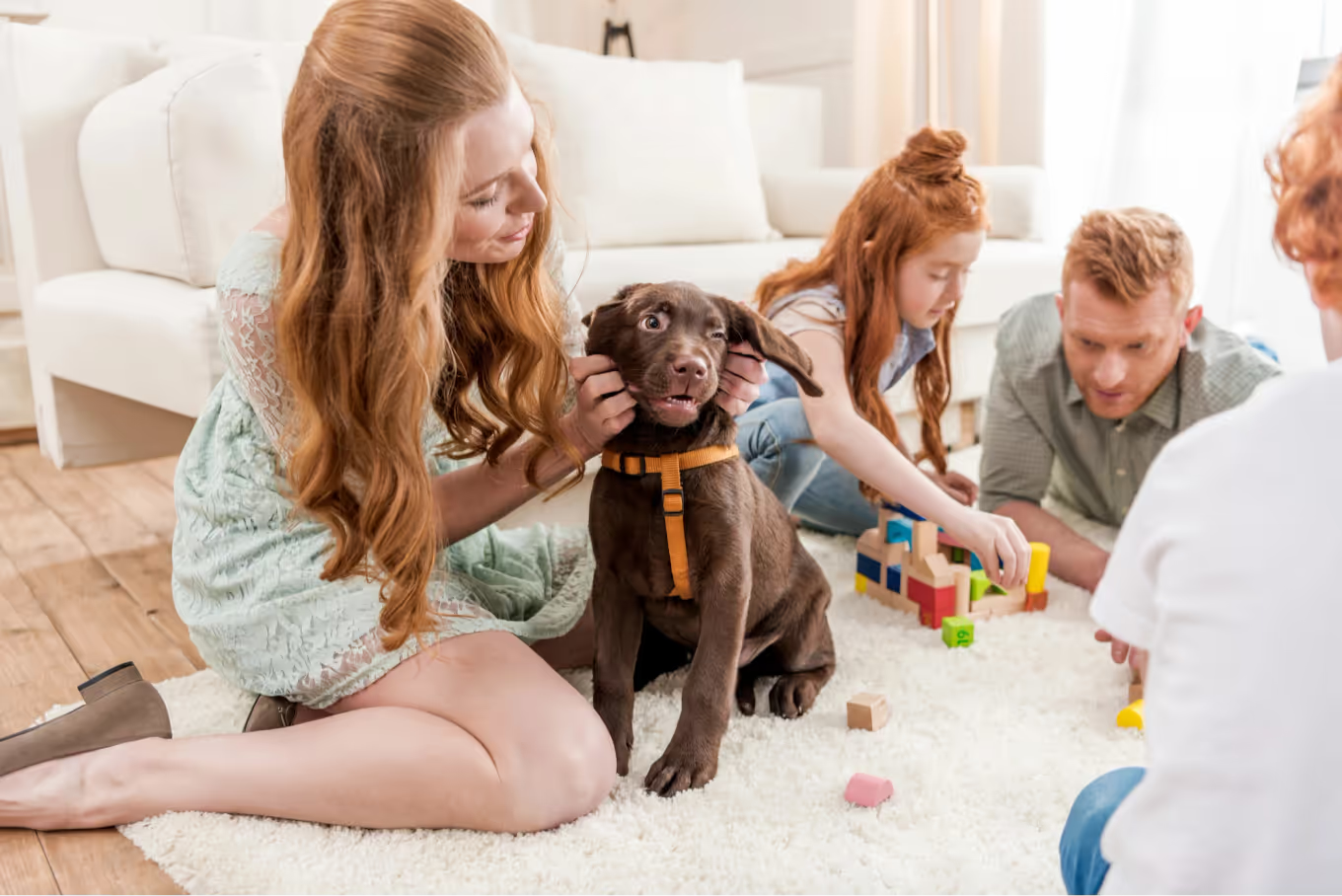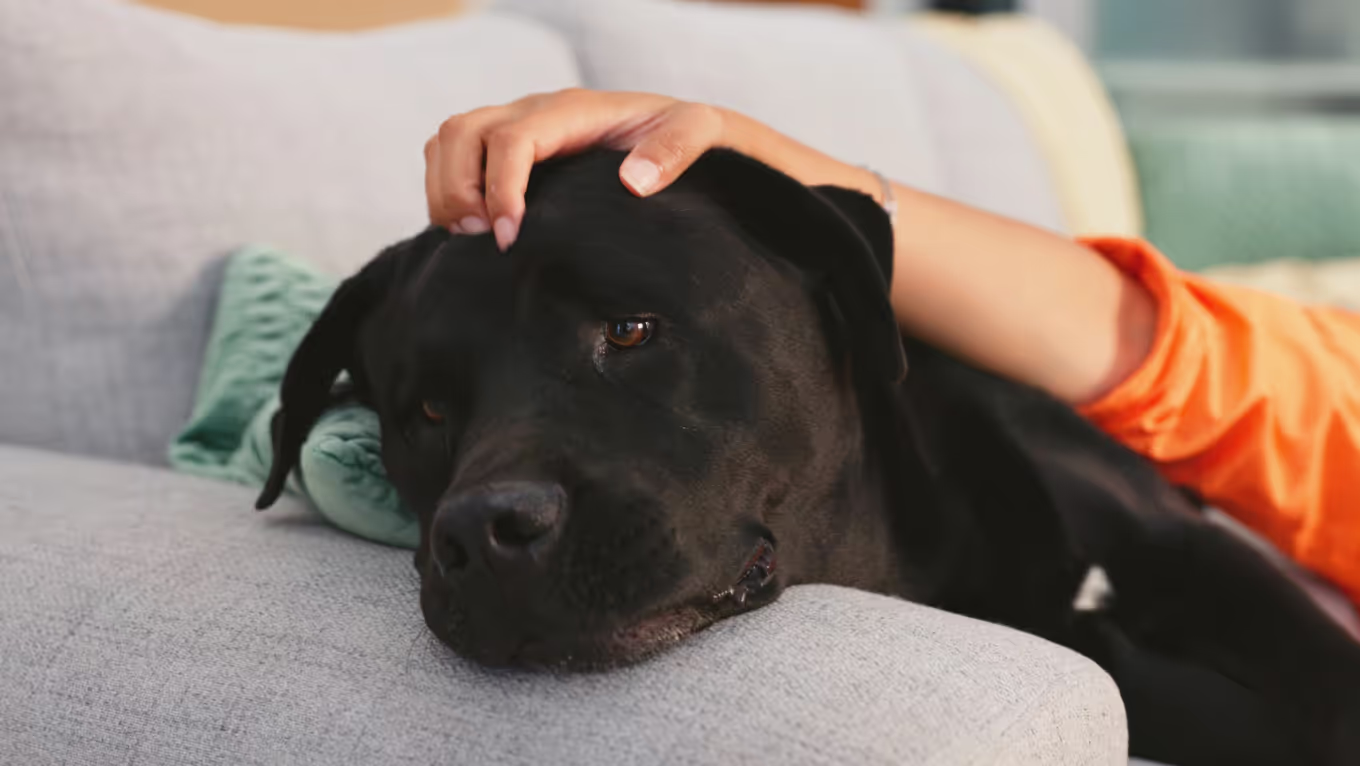Dogs are social pack animals that suffer from loneliness when left alone. The duration they can remain alone depends on factors like age, temperament, and welfare considerations.
Key Points
- Generally, dogs should not be left alone for longer than four hours.
- Alone time should be gradually trained.
- US people are known for their love of dogs: In 2022, approximately 544,000 dogs lived as pets in the country, making up twelve percent of the population.
- However, working individuals face challenges as dogs should not be left alone for extended periods.
The Dog as a Pack Animal
Dogs, descendants of wolves, are social animals that perceive their human owners as part of their pack. When left alone, they can feel abandoned and suffer greatly.

The extent of suffering varies based on the dog’s age and individual temperament. While some dogs may tolerate being alone for a few hours, others may become restless and bark as soon as their caregiver leaves.
Leaving insecure or anxious dogs alone for extended periods goes against animal welfare principles.
Six Hours Is the Maximum
In general, four hours is recommended as the upper limit. This timeframe also ensures the dog has the opportunity to relieve itself during a walk.
If the dog has independent access to a garden, this period can be extended to six hours.

It’s crucial to gradually increase this time span step by step. Abruptly leaving the dog alone for several hours can lead to behavioral issues, according to animal welfare experts.
Monitoring the dog’s behavior via a webcam that streams to a smartphone can be highly beneficial during this training process.
Animal Welfare Recommendation: Avoid Leaving Young Dogs Alone for Long
Puppies are particularly attached and should not be left alone for extended periods.
However, alone time can be gradually introduced in small increments: for example, start by leaving for five minutes in the bathroom with the door closed.
Over the next few weeks, gradually increase this time to ten or fifteen minutes, also leaving the house.

Experts advise against praising the dog upon return, as it can create expectations. Instead, coming and going should be treated as a natural part of the routine.
Another part of the exercise is leaving the house for just five minutes in work attire. This helps the dog learn not to associate clothing with prolonged absences and how to react to it.
Creating a Comfortable Environment for the Dog
Another crucial aspect of training is creating a trusting atmosphere where the dog feels comfortable.
Provide the dog with an item, like a T-shirt that carries your scent, to reassure them of your presence. Additionally, ensure the dog has activities such as chew toys and playthings.

During training, remove any items that the dog could destroy out of frustration or fear, such as slippers or decorative pillows. Ensure there is always food and water available.
Animal Welfare: Options for Working Dog Owners
Most working individuals are away from home for eight or more hours. Leaving the dog alone for such extended periods would contradict animal welfare principles.
For those unwilling to forgo having a dog, consider alternatives such as asking a neighbor to care for and walk the dog for a few hours during the day. Nowadays, there are also options like doggy daycares and professional dog sitters.

